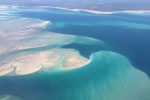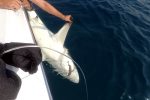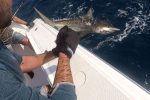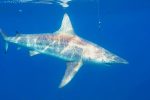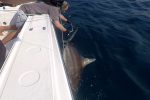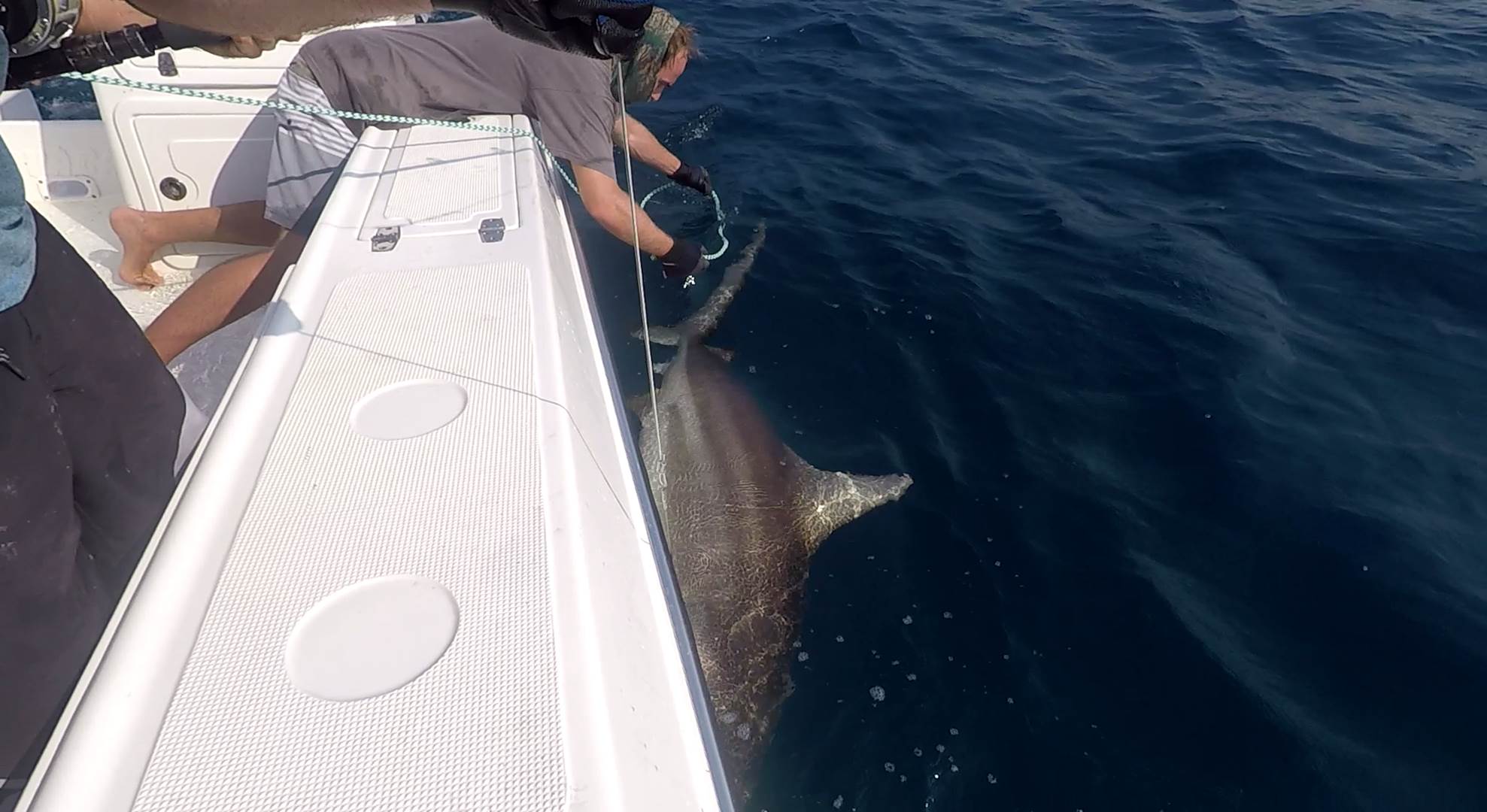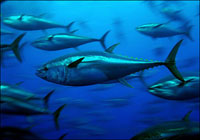
Underwater Observatory in Mozambique by Calum Murie
Calum Murie, when he’s not out catching and tagging huge sharks for science, can be found deploying underwater observatory style camera rigs, all over Mozambique.
Calum and his band of volunteers at Underwater Africa designed this simple but effective underwater observatory camera rig – with bait and all!
The Morey Eels love being on camera, and literally dominate the entire show, whenever Calum and crew deploy their rigs. Up in Bazaruto and Benguerra Island two huge Moreys spent literally hours trying to figure out how to get at the free bait.
Without revealing too much, you can look forward to literally hundreds of fish and other marine animals in this particularly well edited clip. Soundtrack too!
The underwater observatory work that Calum is doing up here, is the first of it’s type here in Mozambique.
You can look forward to more of Calum and crew’s phenomenal work as they perfect the art of deploying an underwater observatory in Inhambane waters. His work is constantly being refined and the cameras can now stay down longer and film more. Having developed a crew that understands the value of the results and how important it is to deploy perfectly every time, is what is producing these results.
You can learn more about Underwater Africa and their research work going on in Praia do Tofo, where they are based. Their shark tagging program has been a great success. The Sardine crew have been assisting and getting right involved. Sonar tagging Zambezi sharks, and Copper Sharks, the data is being used to formulate a plan to reduce shark and human encounters up and down this coast. The spate of shark attacks that occurred up the Inhambane Estuary towards Morrumbuene is what kicked off the project. Listening stations are deployed along the entire East Coast of Southern Africa, and record when a tagged sharks swims past.
Ultimately, proving that Zambezi (and the other usual suspects) sharks are not wanderers, that they stay on their pieces of reef and ocean, is what can lead to measures, to curb the attacks.
If you are interested in this kind of activity and you have some time on your hands, please get in touch. We need help tagging these sharks up here, it’s not easy work, and it can be dangerous too.
Accommodation is rustic luxury and we have many boats to choose from for when we go out tagging sharks.
The Sardine is also facilitating tag and release programs for gamefish. Billfish included. But mainly targeting high value data fish that are in jeopardy and nobody has any data on them. You can see more of The Sardine’s adventure options by clicking here.
Get in touch with Sean on umzimkulu@gmail.com or WhatsApp +27 79 326 9671, anytime.
Catch us on Facebook at http://facebook.com/thesardine.co.za/
Here is a little baby marlin being released in the beginning of last year’s (2018) season…off Benguerra Island, with Jason Morkel on the rod, and Sean Lange on the trace.

